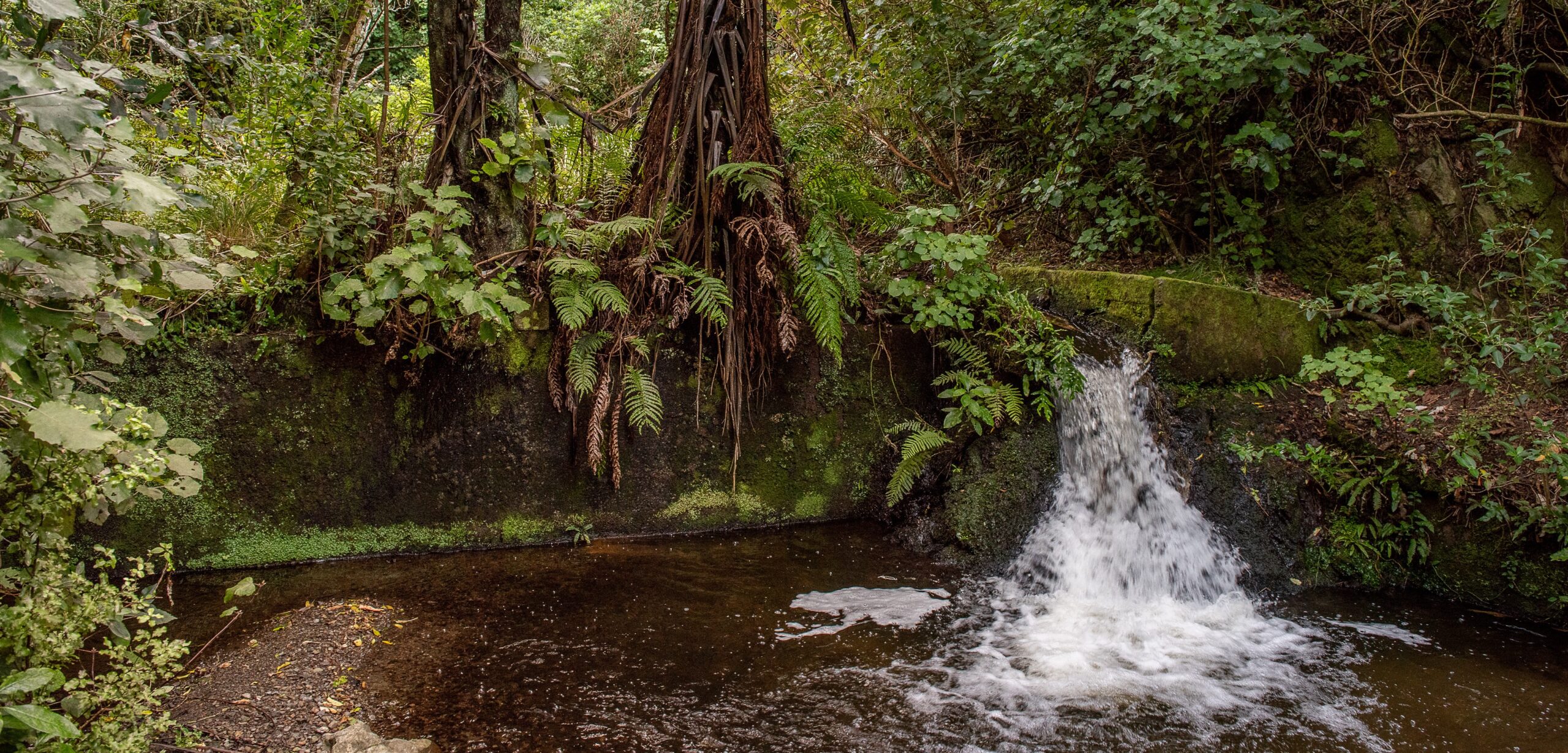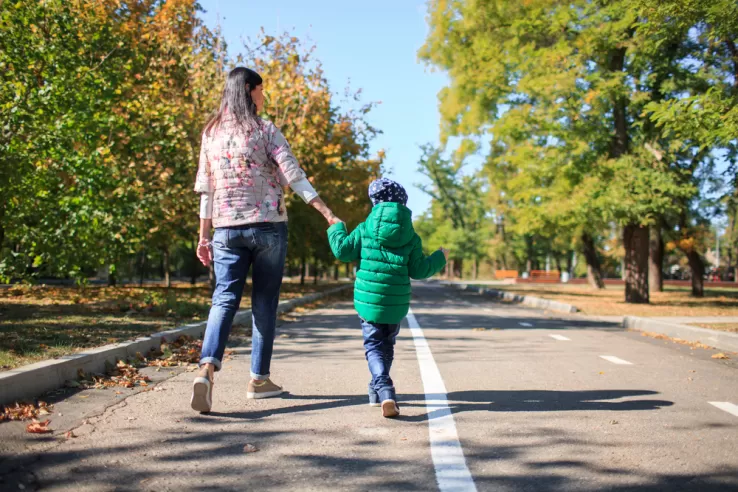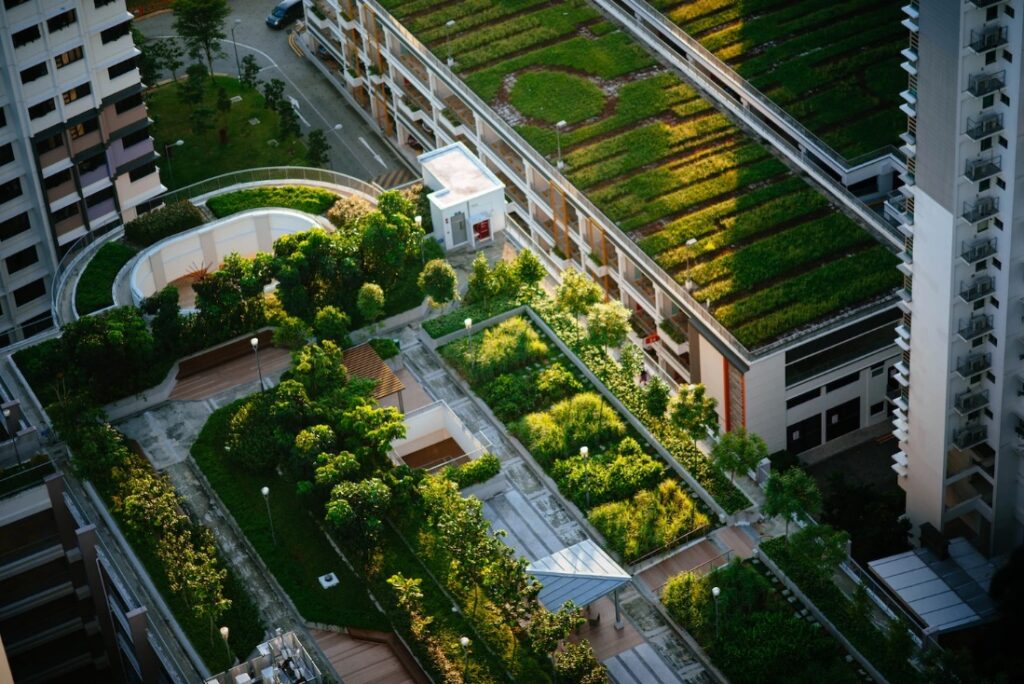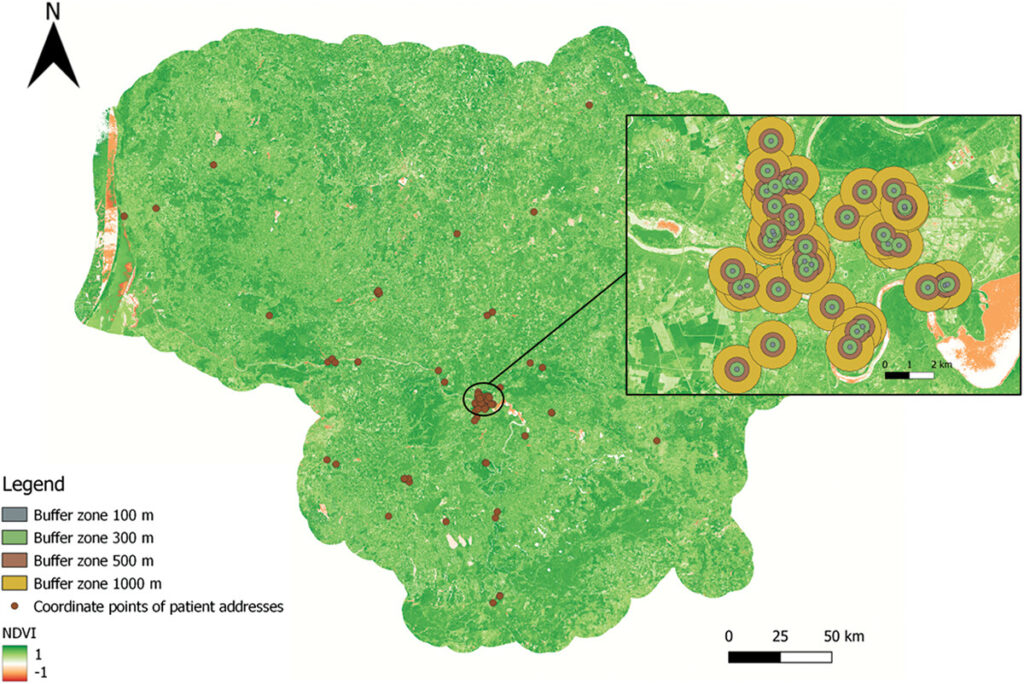City Know-hows

Target audience
Take note: City officers, policy makers, landscape architects. Indigenous communities and people working with indigenous communities worldwide.
The problem
In the current context, in New Zealand, traditional, cultural and ancestral landscapes have been desecrated by growing demands from colonization, capitalism, urbanization and globalization.
What we did and why
We explored the potential for reinstating the ideologies associated with traditional indigenous knowledge and, in particular, the intricacies of interconnectedness between environments and people. We examined new ways of integrating Māori knowledge in landscape architecture and landscape design to renew and expand the concepts of belonging, identity, quality of life and place.
Our study’s contribution
This study adds to the understanding of where identity and wellbeing fit when we design for architecture or landscape architecture. It also adds to our;
The study show the importance of the consideration of traditional indigenous knowledge as a catalyst for truly understanding site context and design outcome.
Impacts for city policy and practice
Based on this study we suggest:
Further information
Full research article:
Haumanu ipukarea, ki uta ki tai: re-connecting to landscape and reviving the sense of belonging by Bruno Marques, Jacqueline McIntosh and William Hatton.
Related posts

Access to green spaces and a walkable neighborhood are essential for maintaining good health, particularly for vulnerable populations. Thus, it is imperative to ensure that individuals have the opportunity to reside in neighborhoods that are not only walkable, but also equipped with adequate green spaces conveniently located within a reasonable walking distance.

Urban greening interventions have been shown to increase the climate resilience of our cities and improve the health outcomes of residents. How can we use open data to target these interventions more effectively and maximise the benefits of increased greening?

Urban greenness affects people’s physical and mental health. Residential greenness is associated with reductions in cortisol levels after six months in patients with chronic heart failure undergoing rehabilitation.